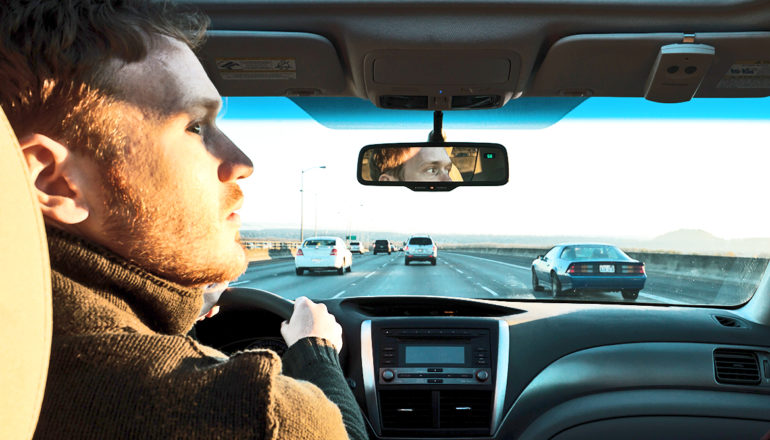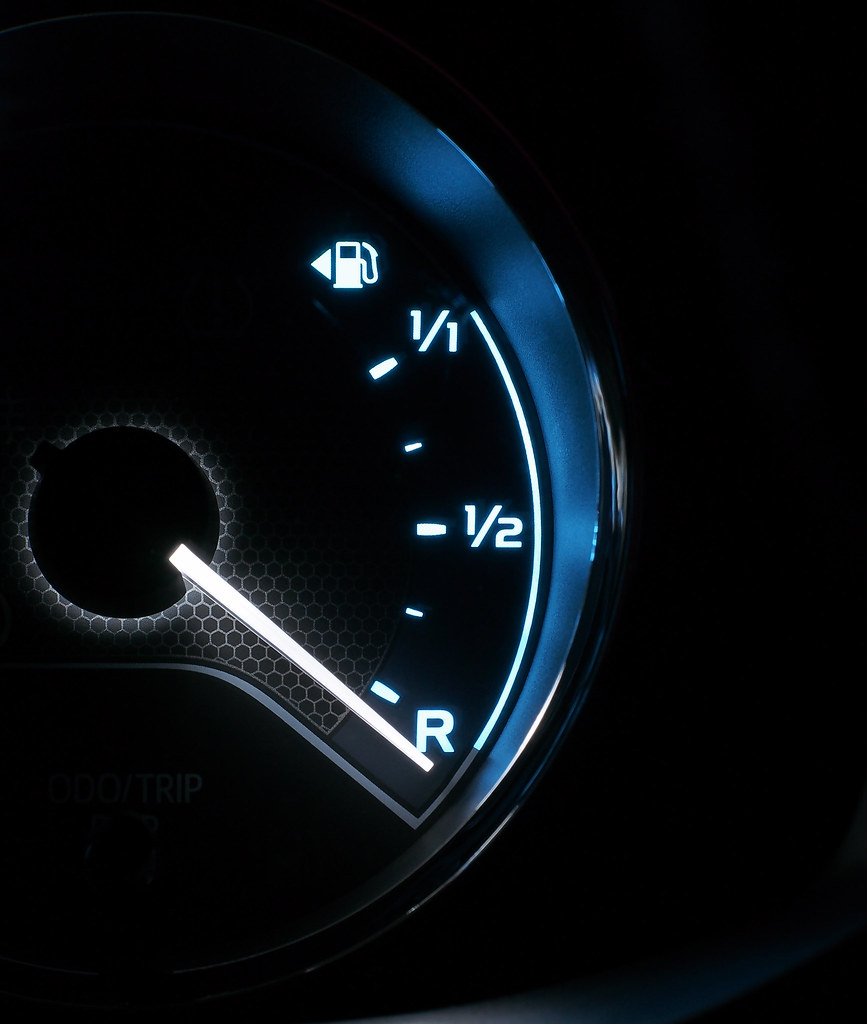Now that we’ve discovered why you might be nervous behind the wheel, here are our top eight strategies for not being a nervous driver:

1.) Prepare your vehicle
Feeling as though you are unable to control anything on the road is a significant source of driver anxiety. True, you can’t change other drivers’ speeds or whether they pull out in front of you at a rotary. What you can do is improve the safety of your own vehicle.
Check that your tyres are in good working order, and look for any indications of uneven tyre wear or damage. Familiarize yourself with tire safety recommendations—knowing that your tires will take care of you should help to relieve some of your driving anxiety!
Another approach to keep your automobile in excellent operating order is to make sure it has been properly serviced on a regular basis. Knowing that your car has been thoroughly checked and maintained might help you relax while driving.
2.) Asses your mental state
Knowing your own mind is a great way to manage anxiety while driving. It isn’t always the best time to try and battle your nerves when you’re worried about something and overwhelmed. Wait until you’re calmer and more composed before attempting anything; you’ll have a better chance of success if you’re in a less stressed condition.
3.) Listen to music
Music has been shown to have a positive relationship with nerve soothing, so why not give it a try while driving? Set the volume to moderate because you don’t want the music to be too loud and distract you from your worry about driving, but there should be enough noise to keep you distracted. To relax your nerves, listening to relaxing classical music might help.
4.) Combat nerves with company
As previously mentioned, being alone while driving might be a source of anxiety for some drivers. Try driving with a family member or a friend to experience the same benefit as music: it removes the initial stress of the activity. However, for others, it may be that travelling in an automobile with passengers creates another level of pressure and tension, so it’s dependent on personal preferences.

5.) Drive in familiar areas
Drive only in familiar regions that you know and, preferably, during daylight while attempting to overcome your nerves. On the roundabout, for example, you’ll be able to anticipate when you need to turn right; where the two carriageways are – there will be fewer surprises, and where the exits are – there’ll be less chance of getting lost.
Of course, you can’t account for everything on your route, especially when there are traffic lights or work zones that need to be passed through, but at least you’ll know where you are. Attempt to go around familiar places at least once a week for at least 20 minutes every few days and soon enough, you’ll get used to it!
6.) Use the satnav
Most modern cars now have built-in satnavs, or you may use your phone in a cradle with a Maps app to lead you. You may know where you’re going, but having the map of the roadways visible might assist you to relax! You can see what’s ahead, where you need to turn next, and how much longer you have on your drive.
Using traffic apps, such as Waze, to stay in command of your trip is another fantastic approach. This isn’t simply a navigation system; it’s also a live traffic app that uses real-time information about the traffic situation to monitor the roads. So there won’t be any surprise holdups or sitting in congestion for half an hour with traffic apps, you can change your path or at least be ready for what’s ahead!
7.) Clean car, clean mind
If your vehicle is filled with trash, it might cause you to be stressed and less in control during your journey. It’s also possible that having your automobile unkempt underneath the driver’s footwell could be dangerous because rubbish might get caught and trapped beneath your brake pedal. It may be worth cleaning the outside of your car as well, since a filthy car could cause issues on the road, such as obscured registration plates, making it difficult for police officers to identify you—which is a crime.
8.) Go back to basics
It’s possible that you’re not phased by driving at night or by travelling alone, but it’s your driving style that is putting you on edge. Learn and practice great driving habits, such as checking your mirrors when you turn or stopping with enough distance between you and the vehicle in front of you; and signalling with adequate time if you’re still unsure. It may be worth brushing up on your theory test, such as hazard perception or road signs, or even taking a few refresher lessons with a qualified driver.



